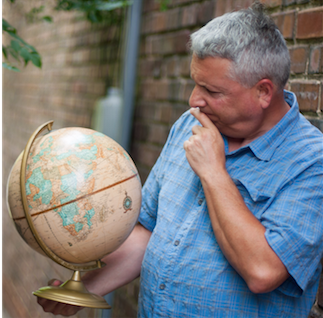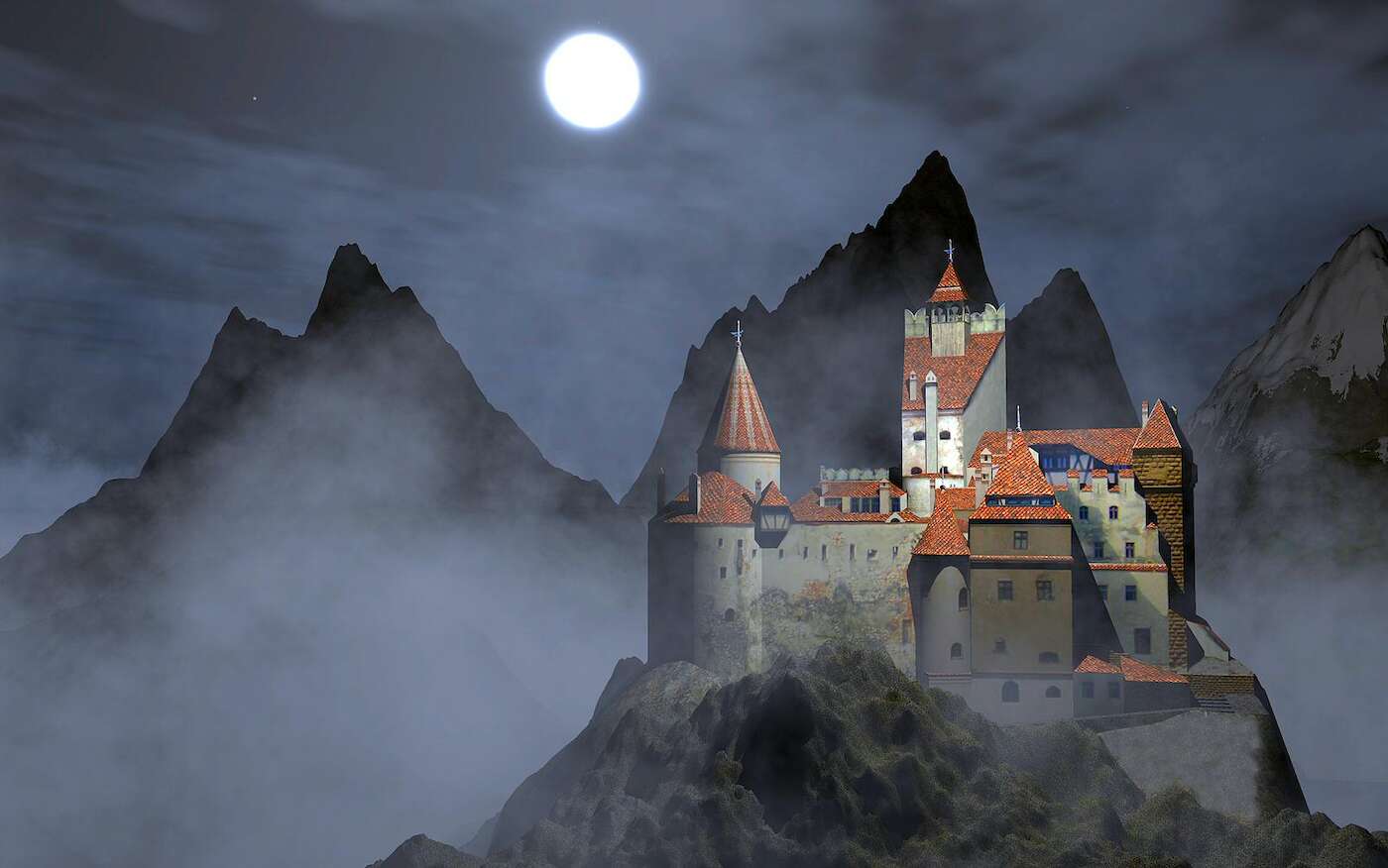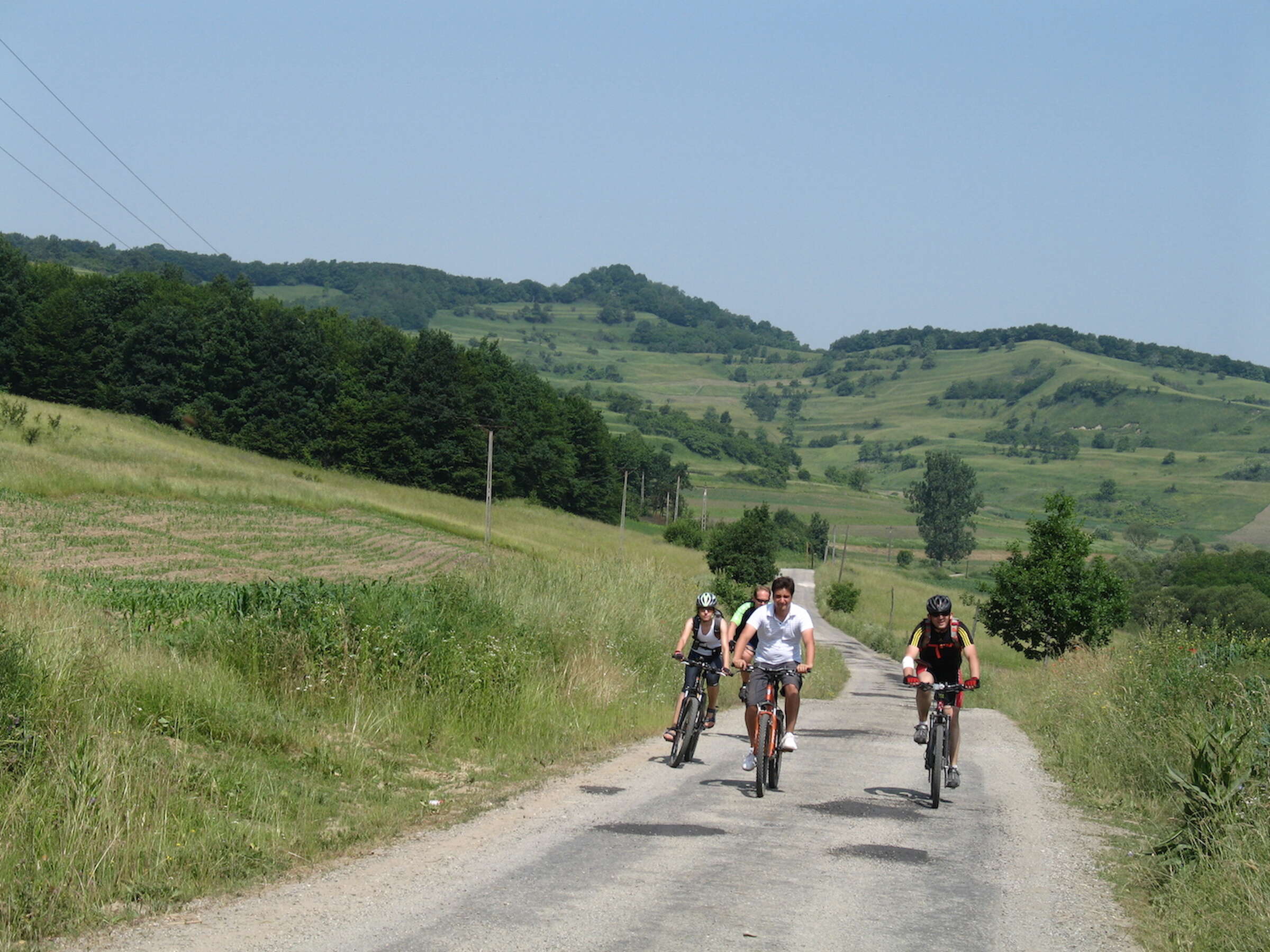

 For the 2016’s Founder’s Tour, BikeTours.com President and Founder Jim Johnson checked out Transylvania. Founder’s Tours are annual trips where friends and clients have the opportunity to travel with Jim, often highlighting a less-traveled region or a new tour. The tour detailed below is the Medieval Transylvania Heritage tour.
For the 2016’s Founder’s Tour, BikeTours.com President and Founder Jim Johnson checked out Transylvania. Founder’s Tours are annual trips where friends and clients have the opportunity to travel with Jim, often highlighting a less-traveled region or a new tour. The tour detailed below is the Medieval Transylvania Heritage tour.

1. The “Cool” Factor
You get to tell your friends you cycled in the footsteps of Vlad the Impaler! Just be prepared to endure the Dracula jokes.
2. Time Travel
In perhaps no other region of Europe can visitors experience such a concentration of nearly intact medieval cities and towns, complete with castles, towers, and stone walls. The region is also considered by some to be “the last truly medieval landscape in Europe.” Even daily life feels as it must have a century or more ago, as horse-drawn carts make their way along country roads, and shepherds tend their flocks. In the villages, visitors encounter traditional craftspeople such as weavers, blacksmiths, and carpenters.

3. Quiet Back Roads
Transylvania is still very much a farm region. It’s sparsely populated, and most cycling is on country roads far from crowded routes. It’s likely you’ll experience more horse carts than cars.
4. Pastoral Landscapes
The landscape is a mosaic of oak and beech forests, rich meadows, and pastures interspersed with small farm villages and medieval towns.
5. Solitude
One thing many cyclists comment on is the peaceful nature of the cycling. With few cars and very little mechanized farm equipment, Transylvania allows visitors to enjoy the sounds of nature: rustling leaves, chirping birds, gurgling streams.
6. The People
The people of Transylvania are known for their warmth and hospitality—opening their hearts and homes to visitors. They are proud of their country and its heritage and eager to talk about it. Especially in the villages, visitors encounter centuries-old traditions, music, dancing, and folk costumes—for the joy of it, not for tourists.
7. The Cuisine
Transylvanian cuisine benefits from the influences of many cultures: Turkish, Greek, Balkan, Hungarian, German-Austrian, and even ancient Roman. Popular dishes include polenta (mămăligă), moussaka (musaca), and cutlets (șnițel). Meats, such as pork, mutton, and veal, are popular ingredients, as is cabbage. One favorite: Varza a la Cluj, a sort of Romanian lasagna, made from layers of shredded cabbage and minced pork mixed with bacon and rice. The region is also popular for its fragrant, light wines and its liqueurs, especially palincă, a fiery plum brandy.
Learn more about the Medieval Transylvania Heritage tour >
More tours in Romania>
Food and wine, Tour reports, Travel tips, Romania